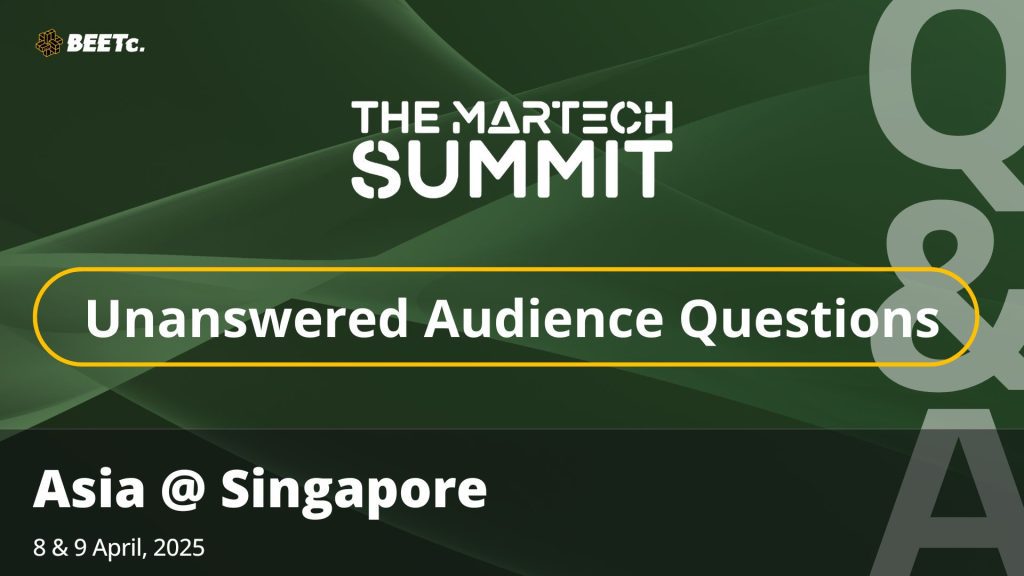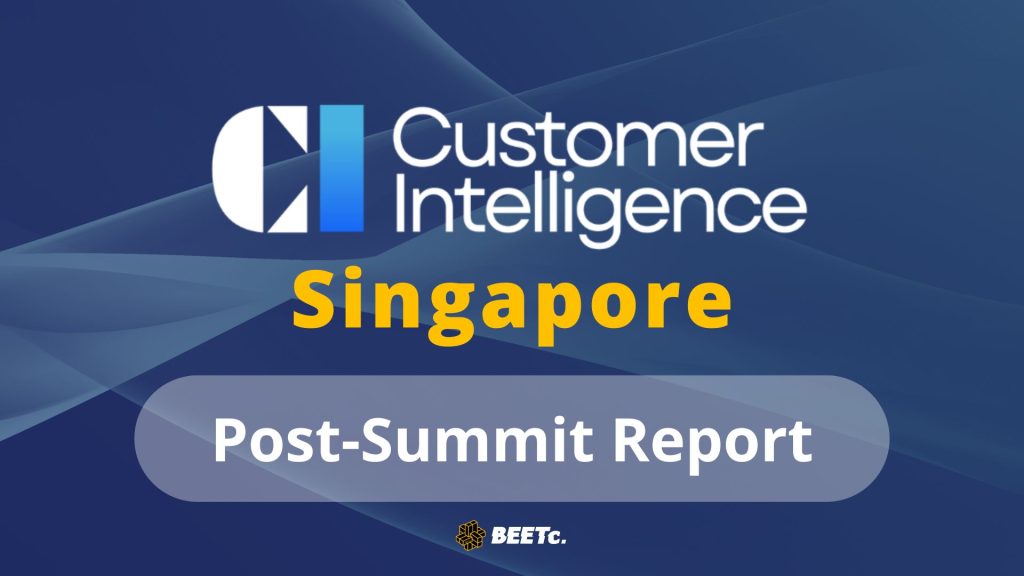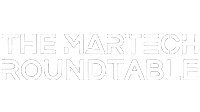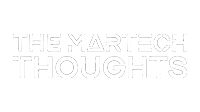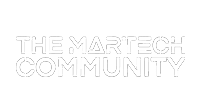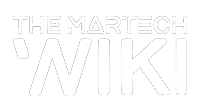How has your approach to customer engagement/retention/loyalty changed due to new MarTech tools and solutions?
No doubt MarTech has become integral to the planning, execution and evaluation across marketing. For example, almost all companies are now relying heavily on IOT and cloud computing, to record, report and analyse interactions between brands and its customers. But to me, the fundamental principles should remain the same – by generating relevant and valuable contents consistently to attract, engage, convert and nurture.
With all the new MarTech tools and solutions now available, what is one of the key pitfalls to avoid in the procurement process?
I would avoid any tools that are simply counterintuitive, un-user friendly, and is difficult to integrate, maintain, and migrate (when eventually opting out with alternative solutions). Because that would automatically present a barrier for internal buy-in and potentially affecting the success of its development.
How have you best managed to integrate legacy systems with new MarTech solutions?
In an ideal world, companies should already have raw data that are well prepared, cleansed and standardised. Choosing a new system that is compatible with existing tools also helps. Unfortunately, the world is never this straight-forward.
If worse comes to worse, break it down into phases, a year may lead to two years if need be. Data can be also sorted, and re-inputted manually. Plugins can be coded and re-wired in the right way. In other words, time and resources are your best friend, and should solve most problems.
How has your organisation / team dealt with the challenge of the marketing industry and wider digital world evolving at such a fast pace?
My company is in the business of real estate, building construction and retail. Two of the most hard-hit industries in Hong Kong’s, as of late, slowing economy, the protests and coronavirus outbreak. You name it.
So the key challenge for us is about, doing more with less. Easier said than done! Going into 2020, we are leaning on the management philosophy of TOC, a.k.a. the Theory of Constraint. The basic premises are that, there is always a bottleneck within every process in a business, including Marketing. Identify and remove this element, the amount of business activities will be able to scale up, without needing extra resources. Let me give you an example. Say, in a supermarket, you are seeing long lines of queues, particularly at lunch hours. You have three full-time employees, managing a cashier each. The question is, how can you speed up the payment process and reduce your customers waiting time, without adding additional manpower? So this is where the science of big data kicks in. For instance, if data shows that 1/3 of these customers are only buying one single item. Then by converting one of the three cashiers, into an express lane, you can instantly channel this type of customers into a quicker solution. Thereby freeing up capacity of existing resources to do more.
Currently, what are you primarily looking for in your digital marketing efforts? Awareness or engagement? Why?
Both, but this needs to be a balancing act. Especially in retail, where you are constantly looking for reach, to a wider audience, to increase your potential pipeline on sales and growth. Engagement is equally crucial once you acquired their attention. To successfully convert, and retain customers to brand loyal, brands need to go through a systematic preaching process, via various forms of communication (at multiple touchpoints), to ensure value alignment is achieved.
What is your key takeaway piece of advice that you would give when speaking to others on how to evaluate and select a MarTech stack?
Don’t go for something simply just for the sake of digital transformation. The purpose of adopting any kinds of tool is to make life easier, doing businesses more efficiently and intelligently. After all, it is a technology, not a substitute for fixing a poor business process. Also, find solutions that matches with your business needs, and to start with something small, perhaps focused on a core product, but scalable in the future. And most importantly, get your key stakeholders involved, make them feel part of the journey.
How did your MarTech journey begin? Please let us know your top 3 findings and discoveries.
I was infatuated with advertising at a very young age, and received an internship with a WPP agency while at University. Never looked back since.
At the beginning of my career, most traditional agencies were already moving digital, and were primarily helping clients to build websites. It was still a novelty at the time. I call this the Era of Websites.
Gradually websites became a norm, and the industry became much more competitive. As a result, new types of roles, specialists and jargons have emerged – such as SEO, Digital Producer, Growth Hacker. Transforming web developers into digital specialists. Last few years, it was all about being smart – harnessing communications technology, big data, AI, machine learning, to make marketing more accountable. Lots of attributes can now be measured.
What do you predict as being the top MarTech trends for 2020?
The success of a brand, will largely depend on its ability to harness on data and insights (insight based approach marketing). Which then dictates how you go about your digital marketing strategy, social media and email marketing, and so forth. And search marketing, such as SEO is something that will never go away. Also, to all brands craving for more video contents. For me, I think Audio content, like podcasts, is equally important. I believe the popularity will only continue to rise, for people like myself, now with a young family with kids, time poor, always on the run. Podcast is one of the few mediums that can have my full attention during my spare time.


